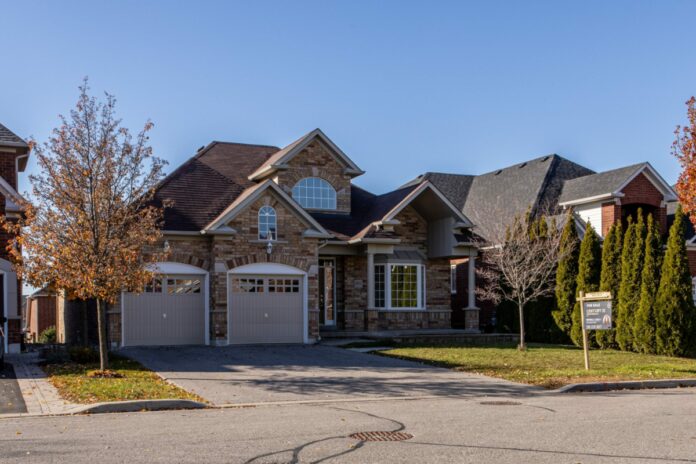The National Association of Realtors (NAR) published their latest existing-home sales report on Friday, announcing – to no one’s surprise – that sales were down 7.2% from January and 2.4% compared to last year. The ratio measures the sales volume and prices of single-family homes, condos, and co-ops across the country, excluding new construction properties. The figures are broken down into four regions: West, Midwest, South, and Northeast.
The median existing-home sales price increased by 15% in year-over-year comparisons, reaching $357,300. House hunters have come to expect the soaring property prices, as this ratio has been on a 120 consecutive months hike, the longest-running streak on record. Property prices in the South have been increasing the most rapidly for the sixth straight month, with an 18.1% jump in the year-over-year comparison.
Available inventory increased slightly by 2.4% in the past month. However, it is down 15.5% from the year prior and only represents 1.7 months’ supply at the current sales pace, a far cry from the four to six months’ supply needed for a balanced market. Properties on the market tend to sell fast, with an average number of days on the market of 18 in February. Besides, 84% of homes sold in February 2022 were on the market for less than a month.
In addition to the limited inventory and rising property prices, would-be homebuyers are dealing with another factor: increasing interest rates. The Fed has already announced seven standard hikes for 2022 in an effort to cool down the increasing concern for inflation, including global commodity prices in the wake of Russia’s invasion of Ukraine.
While higher interest rates could help temperate the white-hot real estate market, they may not constitute the ideal solution for property hunters. Homebuyers who previously qualified for mortgages with a lower interest rate may not be able to purchase the same property at the increased rates, especially if their budget is already under pressure due to prices rising over the board.
One of the main factors for increasing property prices is the lack of inventory. However, if property owners on the verge of selling worry about how far their dollars may stretch and their ability to find a new home within their budget, they also become less likely to put their house on the market. Instead, they may choose to make do until the situation goes back to more normal conditions. Therefore, the lack of inventory is likely to stay a concern, increasing the likelihood of multiple offers, bidding wars, and rising property prices. House hunters worried about dodging the next interest rate hike are also more likely to drive property prices higher by wanting to buy sooner rather than later.
Despite what desperate house hunters may hope for, the housing market is unlikely to crash in 2022. The policies adopted during the pandemic prevented evictions and foreclosure, with multiple federal and local programs to assist distressed homeowners with mortgage payments. Currently, distressed sales (including foreclosures and short sales) represent less than 1% of transactions for February, a pattern similar to what it was the month and the year prior. Decreasing home prices will eventually come as offer and demand even out. However, the circumstances of this change in situation remain to be determined.
After graduating with a Master’s degree in marketing from Sciences Po Paris and a career as a real estate appraiser, Alix Barnaud renewed her lifelong passion for writing. She is a content writer and copywriter specializing in real estate and finds endless fascination in the connection between real estate, economic trends, and social changes. In her free time, she enjoys hiking, yoga, and traveling.



